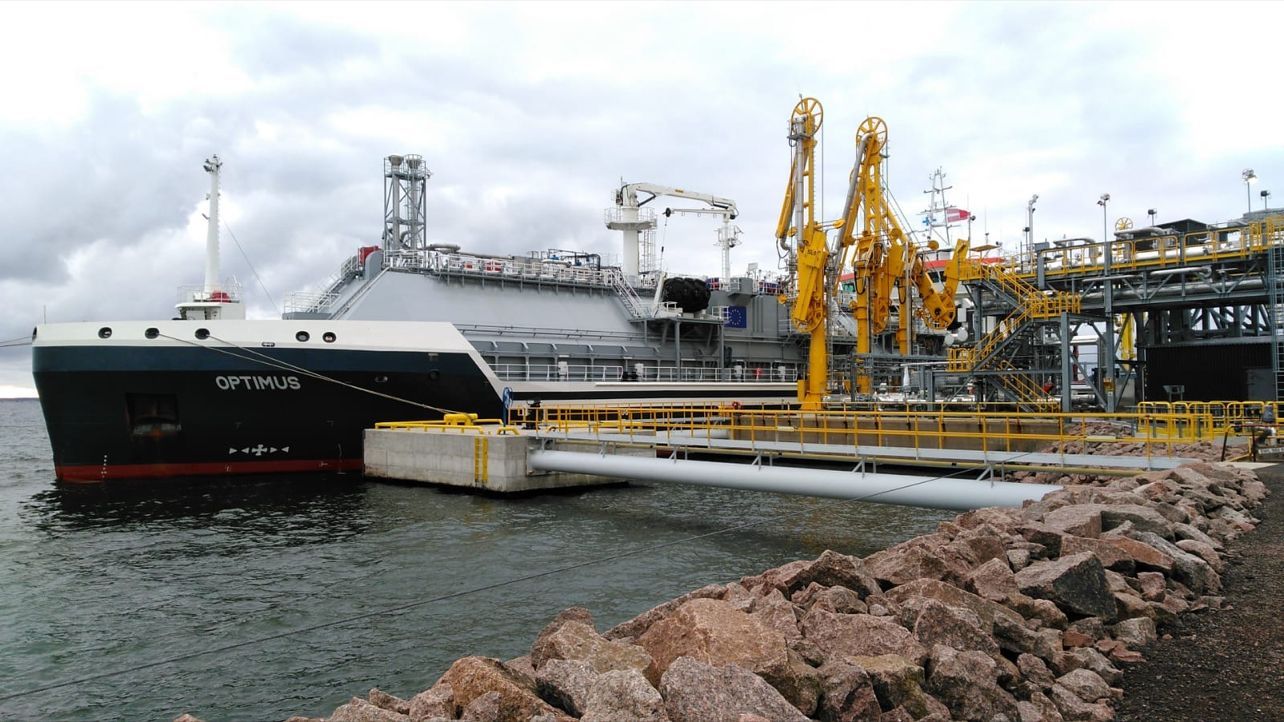Dutch LNG supplier Titan said it had delivered a cargo of liquefied natural gas to the new import terminal in Finland’s Hamina port.
Hamina LNG, a joint venture consisting of Finland’s Hamina Energy, tech firm Wartsila, and Estonia’s energy company Alexela, launched commercial operations earlier this month at the small LNG facility.
Titan said via social media on Monday that it had delivered a “European LNG cargo from the Zeebrugge terminal in the new Hamina LNG terminal in Finland, for the first time.”
The 6200-cbm LNG bunkering vessel, Optimus, owned by Estonia’s Elenger and chartered by Titan, delivered the shipment, according to Titan.
Titan did not say whether Optimus took the cargo from a vessel at the Zeebrugge import facility via a transshipment operation, or it loaded the shipment from the terminal’s tanks. Its origin could be from several facilities around the world.
More than 100 million euros
Alexela ordered the LNG cargo that Optimus delivered to the Hamina LNG terminal from Zeebrugge, according to a statement by the company issued on October 26.
This is the first commercial LNG cargo for the Hamina LNG terminal that is worth more than 100 million euros ($100 million), Alexela said.
Prior to this shipment, the LNG facility received a commissioning cargo in September, the Estonian firm said.
Alexela also said that its participation in the Hamina facility is the largest direct investment in history from Estonia to Finland.
Hamina LNG provides storage services from one 30,000-cbm LNG tank as well as regasification and injection services into the Finnish gas transmission network with a daily capacity of 4,800 MWh.
With the current regasification capacity, the terminal can inject about 1,7 TWh of natural gas into the transmission network annually.
The launch of the grid-connected Hamina LNG regasification terminal opens a second gas import route to supply grid-connected customers in Finland, where the market has relied solely upon the bidirectional Balticconnector gas pipeline since May 21, 2022, Titan said.
“The European Union has been working collectively to strengthen the security of its supply this year, including further diversifying supply sources, and sharing and coordinating supply between EU member states. As such, only by working together supply shortages can be prevented,” the firm said.
(Article updated to include a statement by Alexela.)

